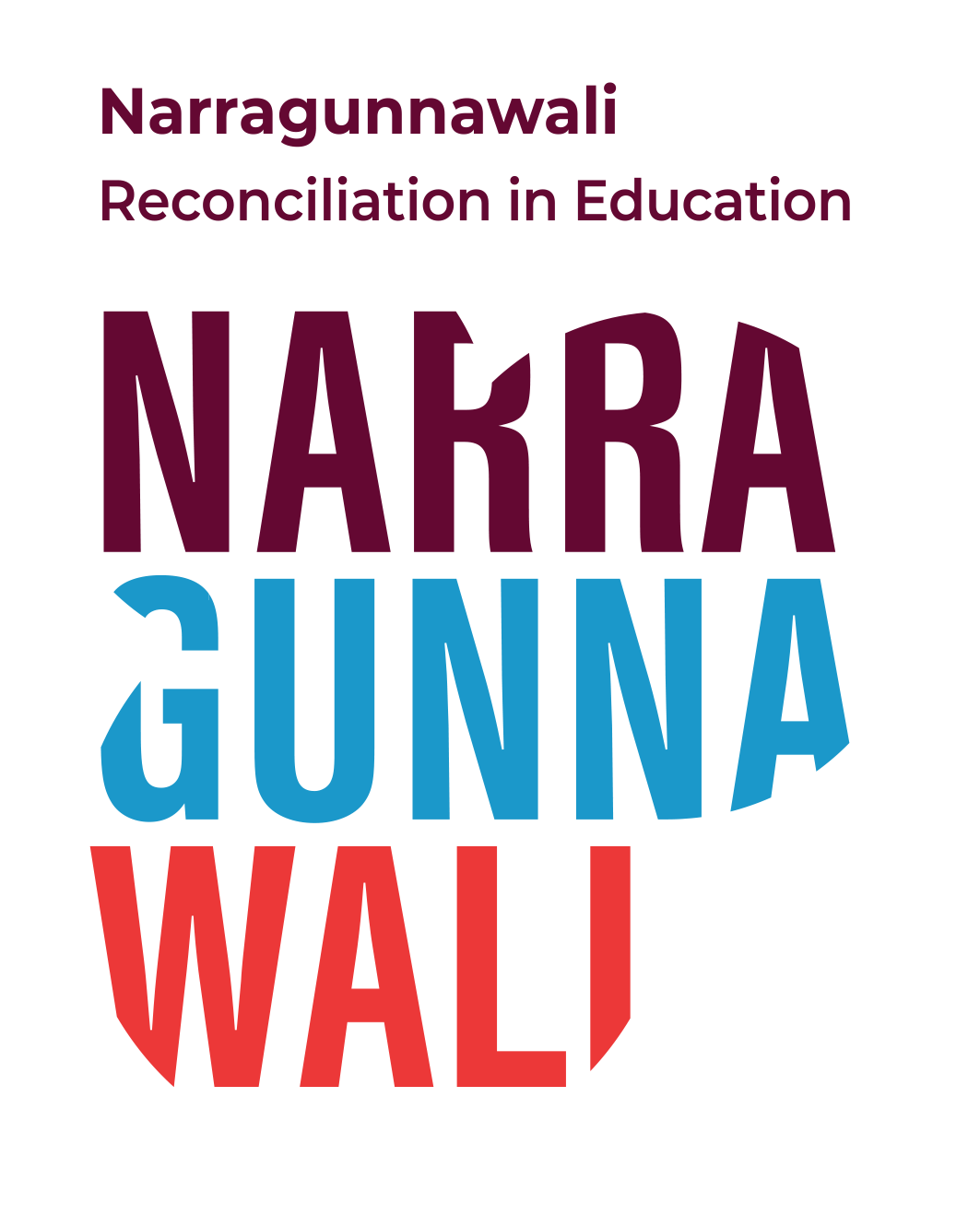Teacher Feature – Briony Franklin, Pulteney Grammar School, South Australia
Briony Franklin is a non-Indigenous Year 1 teacher with a passion for learning and teaching about Kaurna language, the language of the Traditional Owners of the Adelaide Plains of South Australia. Tessa and Zoe of Narragunnawali caught up with Briony to talk about how Kaurna language is incorporated into her classroom every day.
Tessa: Hi Briony, thanks for chatting with us. Would you like to introduce yourself?
Briony: Naa marni? Ngai narri Briony Kartanya Franklin. Hello – how are you all? My name is Briony Franklin and I am first-born daughter. Kaurna (Gar-na) miyurna (me-in-ah) Kaurna (Gar-na) yarta (yar-taa) ngadlu (nud-loo) tampinthi (thumb-en-day) We recognise the Kaurna people and their land.
This is our Kaurna acknowledgement for Assembly and Chapel, which is led by a student in Kaurna language.
Zoe: Could you tell us about your own learning journey and how it has become an important part of your teaching?
Briony: My early teaching positions took me to country towns in South Australia where I met and worked with Aboriginal educators and community members, and this is where my learning and understanding began. My interest was sparked further when I attended a talk by Dr Rob Amery, a linguist at the University of Adelaide who researches the maintenance and revival of Indigenous languages. He inspired me to learn Kaurna language and introduced me to Kaurna language teacher and Elder, Jack Kanya Kudnuitya Buckskin. I learnt Kaurna language with Jack for four years. Amongst other things, he taught me about the significance of connection to land, cultural protocols, the arrival of Europeans and the effect this had on Kaurna people.
Tessa: Tell us how building relationships has supported you to bring Kaurna language into your classroom?
Briony: Building trust in relationships is essential. Jack has been involved for a number of years in our National Reconciliation Week celebrations, has worked closely with students over the past year and introduced us to several of his colleagues and students. He was our Cultural Consultant during the process of developing our school Reconciliation Action Plan (RAP). Jack cut and made a Kaurna shield for Pulteney, which we are honoured to have. The shield is used in classrooms across the school.
Zoe: How do you think students feel to be learning Kaurna language?
Briony: I embed Kaurna language and culture in everything I do every single day. When the children write reflections about their learning, Kaurna language is often mentioned as an area of appeal—‘because it’s fun and interesting’. In my classroom children look forward to learning the Kaurna word for the day. The word or phrase is often connected to the Inquiry topic and we have fun working it out! At the end of the day, we say ‘nakutha’, which is ‘see you later’. Other words are also revised and explained in an historical context. For example, the Kaurna word for chicken is ‘murtaanaitya’, which literally means ‘poo everywhere thing’, because that’s what the Kaurna people thought when they first saw one! All students enjoy singing a counting or greeting song, and my class has been able to teach other classes these songs.
Tessa: What advice would you give other educators around teaching and learning about Aboriginal and Torres Strait Islander languages?
Briony: I strongly believe that nothing is as important as learning the language of the land you are on. There are wonderful Aboriginal and Torres Strait Islander Elders in communities, and building an authentic relationship with community to learn language and culture is vital in assisting students to understand and learn about being an Australian citizen. In developing relationships that are true, and honest, it is important that information that is shared with you be treated respectfully within your school setting. If this is something that you want to do, it’s not that difficult! You’ll find out things about yourself, our history and our society that you didn’t know before. And as an educator, it’s important to bring this back to the students that you teach. I think language is a wonderful and respectful way to be able to talk about and address reconciliation on a daily basis.
To learn more about Jack Buckskin and the revival of Kaurna language, you can watch this amazing documentary, Buckskin. Ten per cent of the sales from each DVD or viewing goes to support Kaurna language programs.


